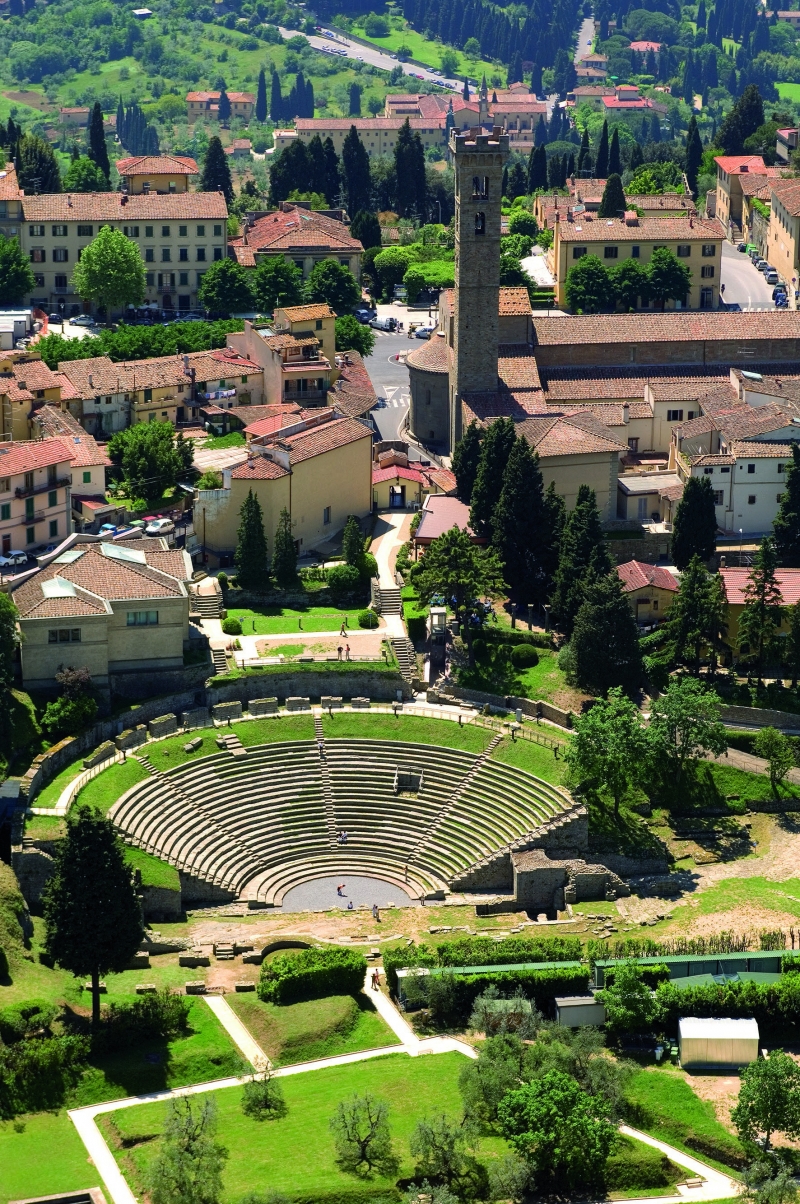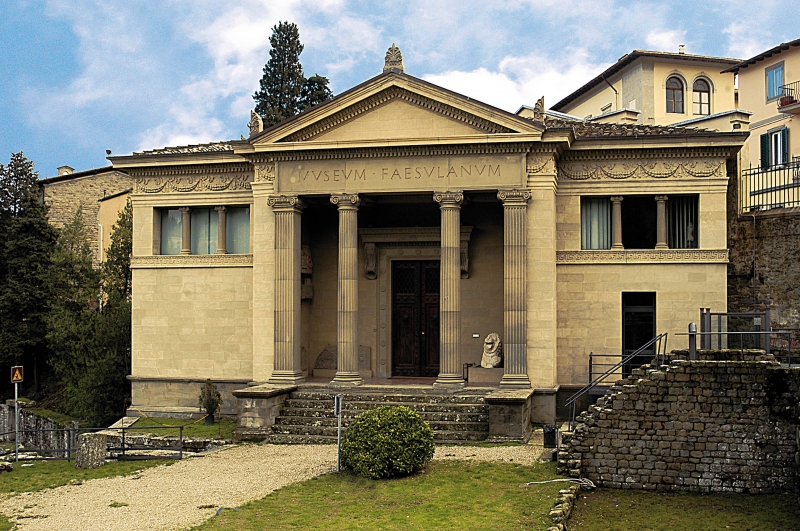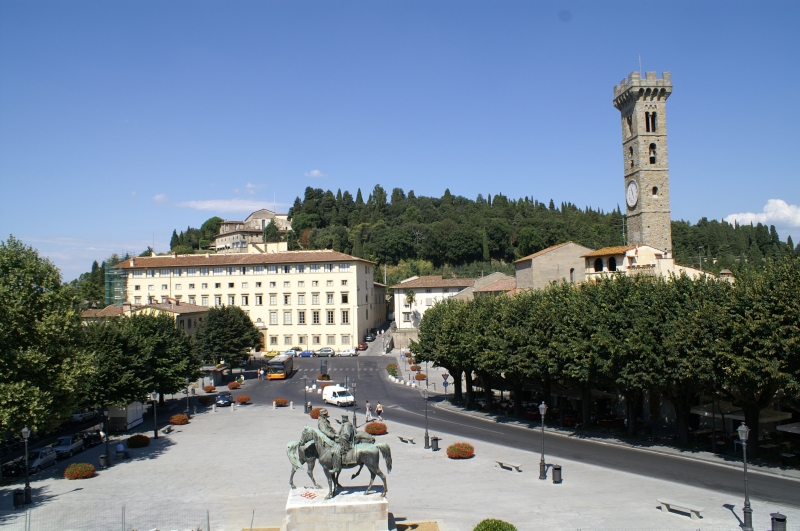| Florentine Hills & Fiesole - Fiesole | |||
|
Fiesole from the fourth century BC is one of the most important Etruscan cities (in Etruscan Vipsul) in the southern foothills of the Apennines. He was an ally of Rome in the third century BC.
The archaeological area of Fiesole In 90 BC the city rebelled during the social war, and was then taken by Lucius Porcius Cato. Shortly after, for having sided with Mario, was occupied by a colony of veterans of Sulla. Thus was born officially Faesulae Roman center of the region, which had a capitol, a forum, a theater, temples, and a thermal plant. The acropolis was on the top of the hill, where today is the convent of San Francesco. The city enjoyed relative prosperity until the barbarian invasions. In 405 Fiesole was the scene of the battle that saw the defeat of the Goths Radagaiso by Stilicho.
The bishops of Fiesole, 492, acquired political power during the Middle Ages, at the time of the Byzantines and Lombards. In particular during the Lombard rule the city began to suffer a decline increasingly evident, coinciding with the growth of the influence of economic and political Florence. A first destruction of Fiesole by the Florentines is an episode rather legendary, traditionally dated 1010, and perhaps should be considered only as a witness implied dell'allungarsi Florentine shadow on the hill town. |
|||
|



